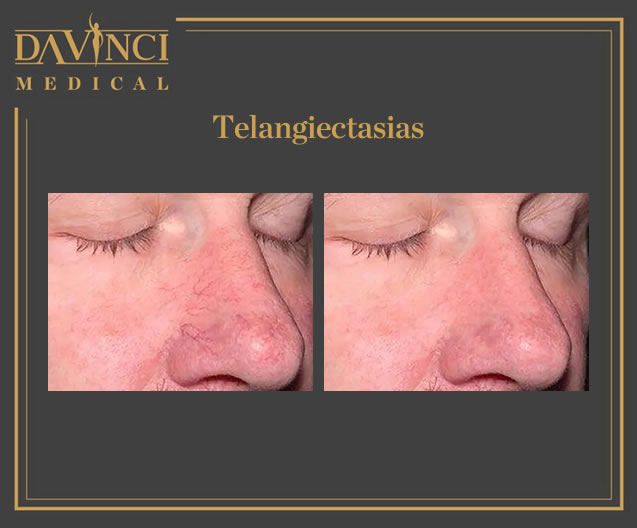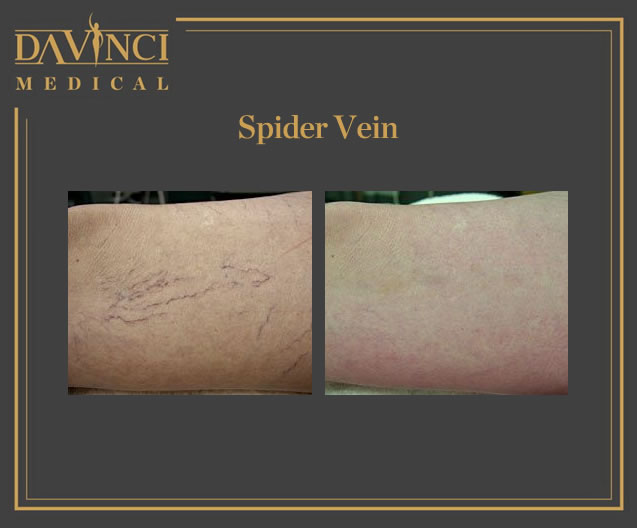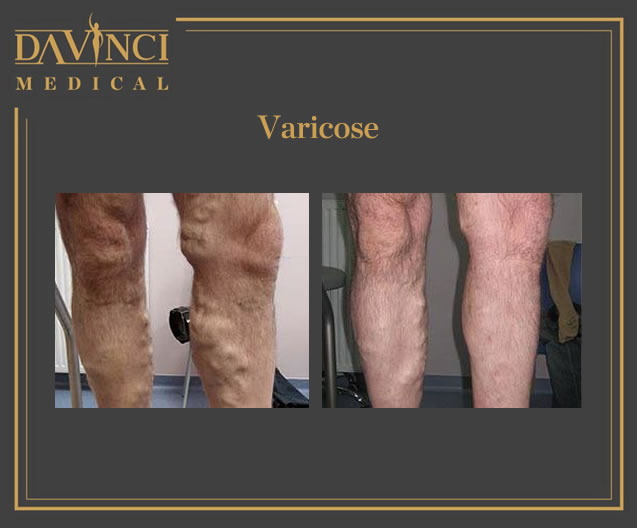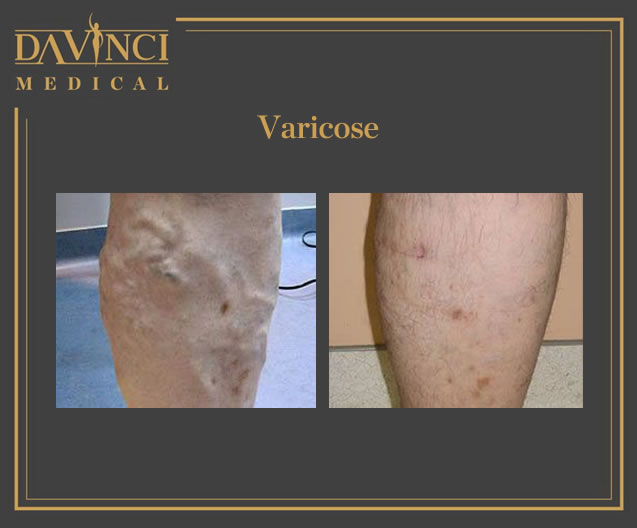Aesthetic Dermatology Spider Veins, Varicose & Telangectasia


Spider Veins, Varicose & Telangectasia Solutions
Recover from Spider Veins, Varicose and Telangectasia with Da Vinci Medical
Thread veins are tiny blood vessels which run close to the surface of the skin and look like fine red, or sometimes purple lines. Also called 'spider veins' or 'broken veins’. These are not veins that are broken, but only slightly enlarged and showing under the surface of the skin. The medical term for them is telangiectasia.
On the other hand varicose veins are veins that have become enlarged and twisted. The term commonly refers to the veins on the leg, although varicose veins can occur elsewhere. For some people, varicose veins present no symptoms other than the unsightly bulges. For others, symptoms range from mild aching and swelling to intense throbbing, itching and cramps.
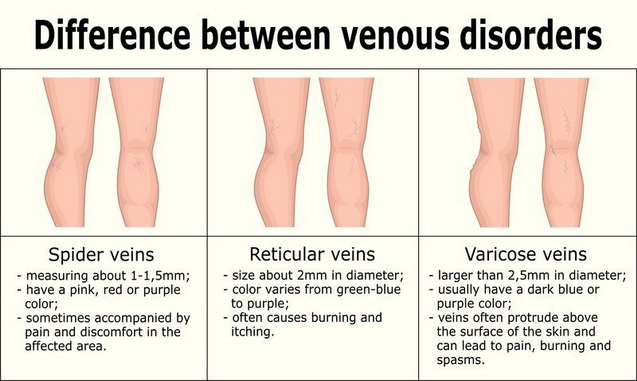
Most common causes of Spider Veins, Varicose and Telangectasia
Thread veins tend to develop as we get older and the skin thins. Hormonal changes associated with pregnancy and the menopause are thought to provoke their development - the reason why women are more prone than men. They can also run in the family and be inherited. Other causes include too much exposure to the sun, wind or extreme temperatures, corticosteroid medicines and radiotherapy. Thread veins can be unsightly but aren't dangerous. However, they do tend to spread and become more prominent over time.
Varicose veins form when the one-way valves of the leg veins fail to prevent back-flow of blood. Vein walls become stretched and the valve is no longer able to close properly. As a result, there is pooling of blood in the leg veins near to the skin, and they become visible as bulging blue or purple veins.
Varicose veins and telangiectasia (spider veins) are the visible surface manifestations of an underlying problem with reverse venous flow, which is also termed venous insufficiency syndrome. Venous insufficiency syndromes describe venous blood deviating from a normal flow path and flow in a retrograde direction so that fluid accumulates, causing a "congested" leg.
Mild forms of venous insufficiency are merely uncomfortable, annoying, or cosmetically disfiguring, but severe venous disease can produce serious systemic consequences and can lead to loss of life or limb.
Our approach
Before treating thread veins it is necessary to make sure there are no underlying major vein problems, and in order to do this, a duplex scan (doppler-ultrasound) is usually required. If a larger vein is affected, this will need to be addressed before and treatment for thread veins can be carried out.
The good news is that most thread vein problems are quick and easy to treat. However, the exact type of treatment needed will be discussed on the day of your consultation. In most cases, just one treatment is enough to see and feel the difference.
Due to the inherent complexity of the many vascular disorders, there may be more than one way of managing a particular condition. For this reason, when planning a procedure, your consultant will discuss all the treatment options in a multidisciplinary team meeting, to ensure that all perspectives are considered before recommending a course of action to a patient.
